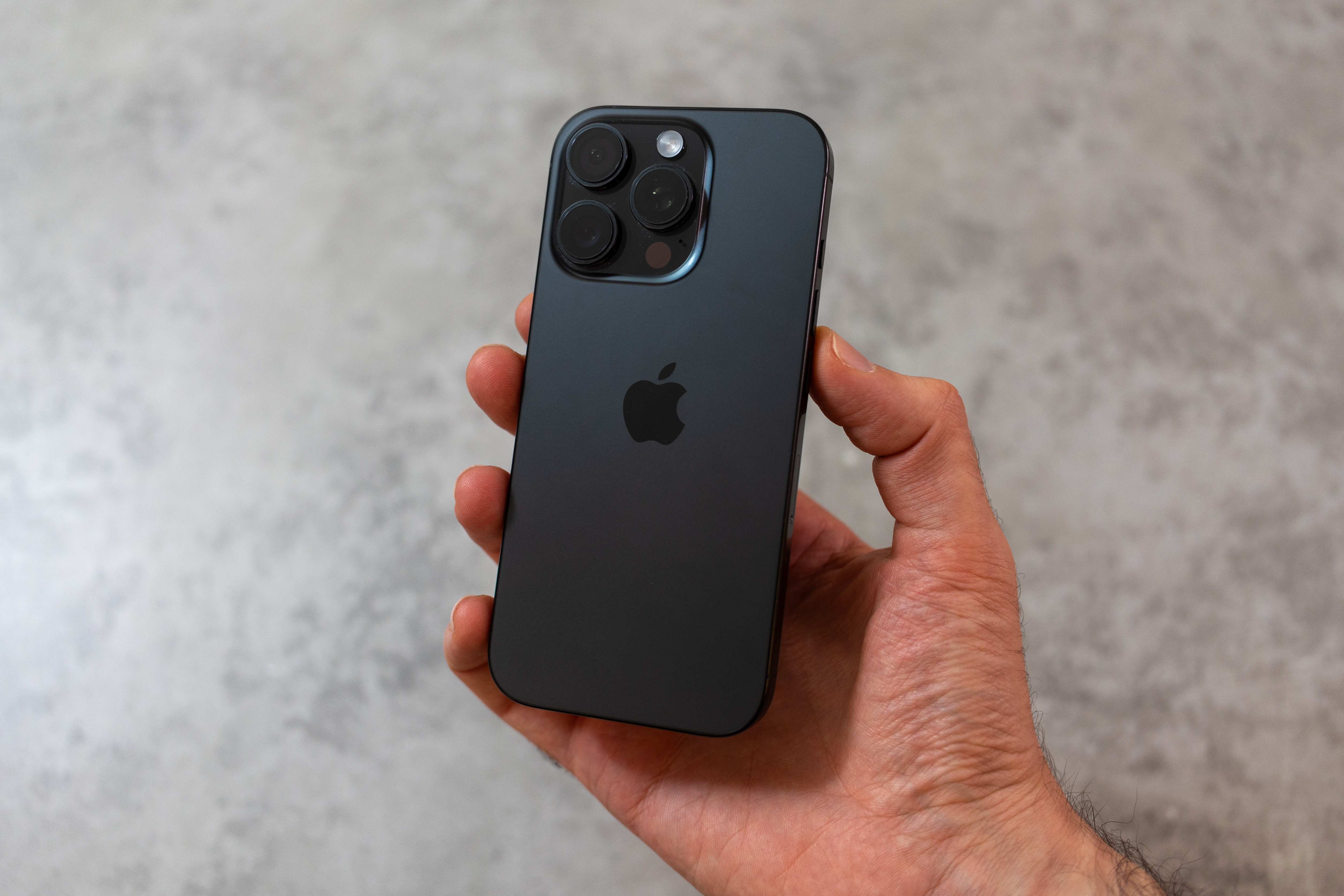The Nikon Z6 III's image quality has been compromised, and we can prove it
Reports are suggesting the Z6 III can't match the old Z6 II for dynamic range, and that's not its only problem
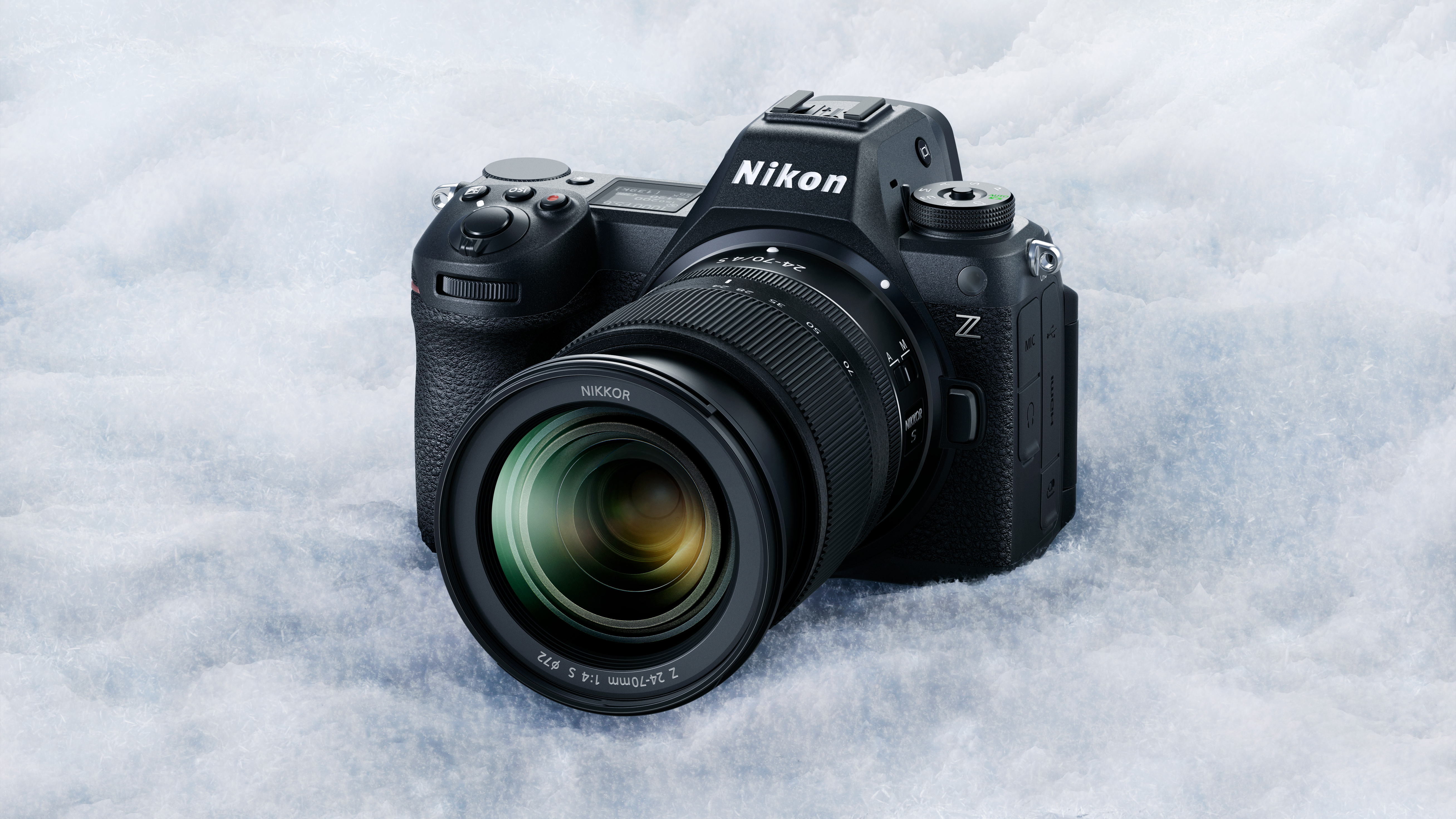
Reports have been emerging that the new Nikon Z6 III might have a more restricted dynamic range than the old Z6 II. This observation was made by William Claff over at Photons to Photos who does in-depth testing of camera sensor performance, and plenty more besides. Claff's findings show the Z6 III maxing out at 10.44EV of dynamic range at ISO 100, compared to the Z6 II's 11.26EV at the same sensitivity. The Z6 III continues to trail its predecessor by 0.6-0.7EV until ISO 800, where the two cameras then perform very similarly:
Read more: Nikon Z6 III review
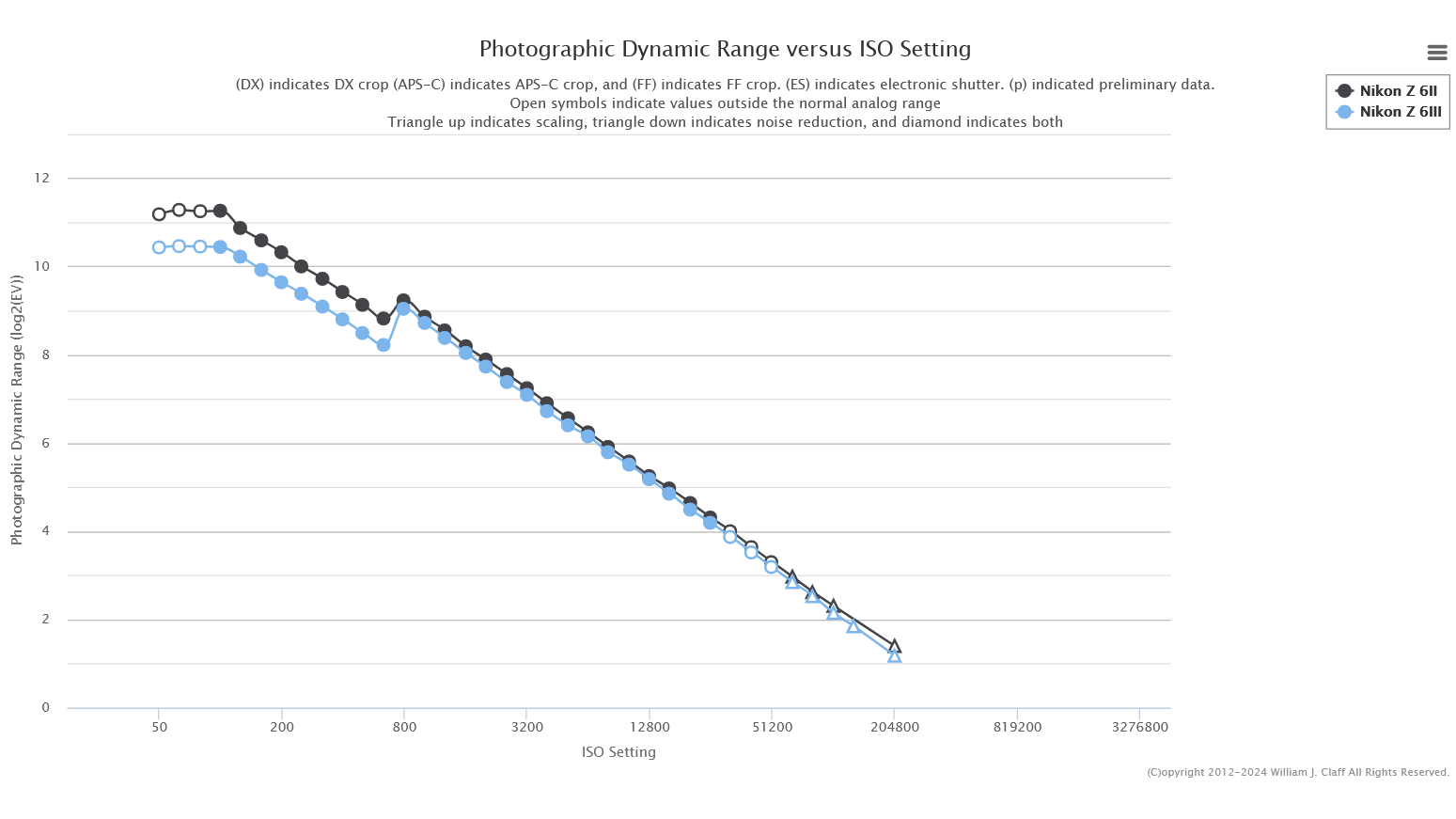
Now, Claff evidently knows his stuff and has been testing sensor performance for many years, so I'm not about to criticize his results or testing methodology. But what I can say is when I lab tested the Z6 III, I found that (in contrast to Claff's results), the Z6 III's dynamic range was almost identical to that of the Nikon Z6 II at lower sensitivities, although the new camera did trail the previous generation by 0.5-1EV at ISO 6400 and above.
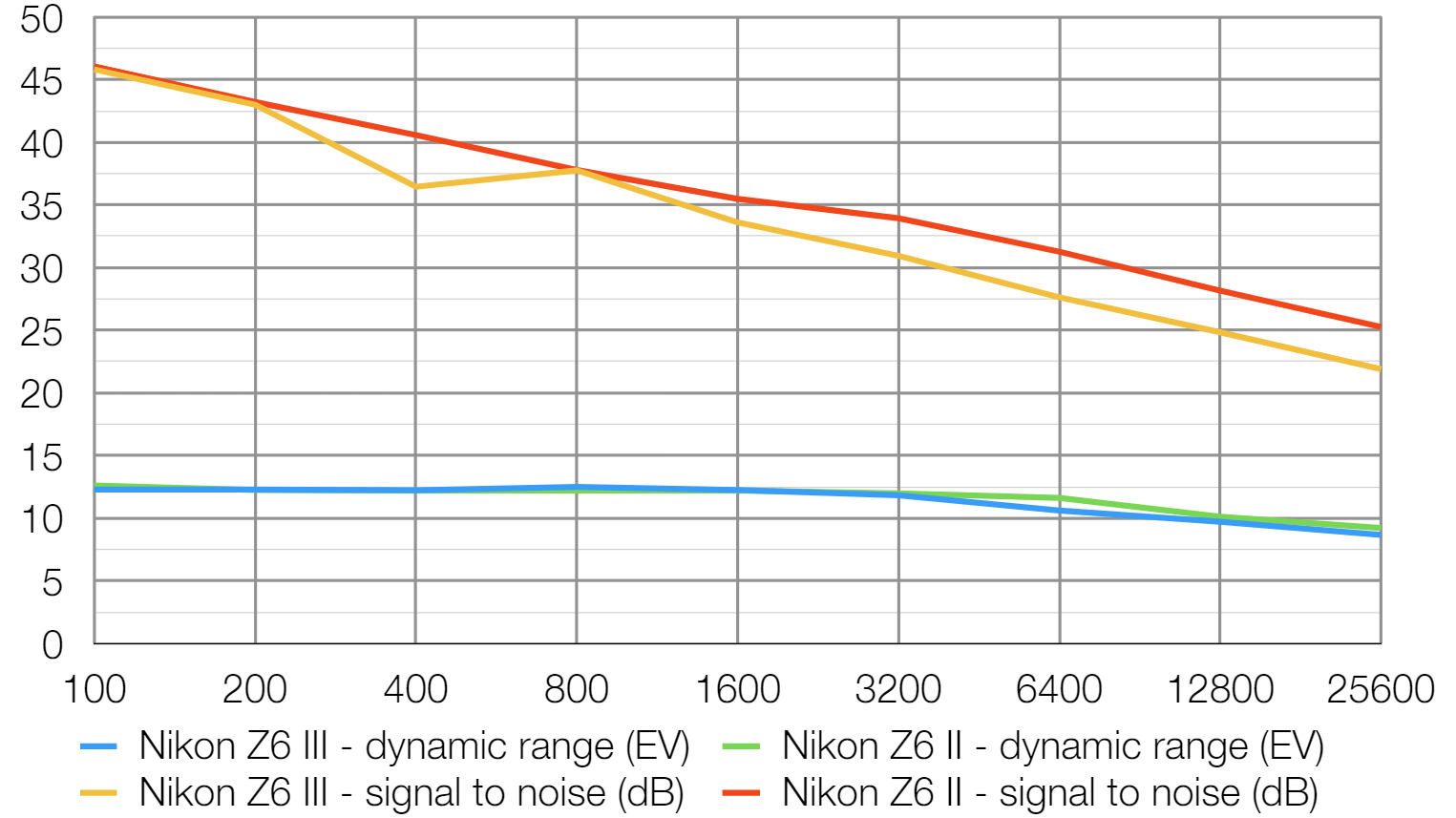
While this is surprising and disappointing, in my opinion the more noteworthy difference between the two cameras is their signal to noise ratio performance - aka how much image noise each camera produces at a given ISO sensitivity. In our signal to noise ratio test I found the Z6 III and Z6 II generated very similar noise levels at lower sensitivities, but at ISO 1600 the new camera starts to produce noticeably noisier images than those from the Z6 II, and this trend then continues up to ISO 25,600 - our highest tested sensitivity.
And it's not just us that's noticed the Z6 III is producing noisier images at higher ISOs - check out this detailed image noise comparison between it and the original Z6 from YouTuber testcams:
Though you'd be forgiven for assuming a new camera will perform better in every test metric than the camera it replaces, this is often not the case. Most commonly, a new camera model with a higher megapixel count than its predecessor will often produce a lower signal to noise ratio, as cramming additional pixels onto a sensor of the same dimensions - be that APS-C or full-frame - makes each pixel smaller, less light sensitive, and therefore more prone to generating noise.
But in the case of the Z6 III, its 24.5MP resolution is identical to that of the Z6 II. The difference here could instead be down to the Z6 III's new partially stacked sensor construction. Again, this is speculation not established fact, but where a partially stacked sensor improves sensor readout speed for faster burst shooting and reduced rolling shutter distortion, it might also have a detrimental effect on image noise and dynamic range. This is also backed up by the sensor results on Photons to Photos, which generally show the dynamic range performance from stacked sensors being slightly lower than that from equivalent, non-stacked chips.
Get the Digital Camera World Newsletter
The best camera deals, reviews, product advice, and unmissable photography news, direct to your inbox!
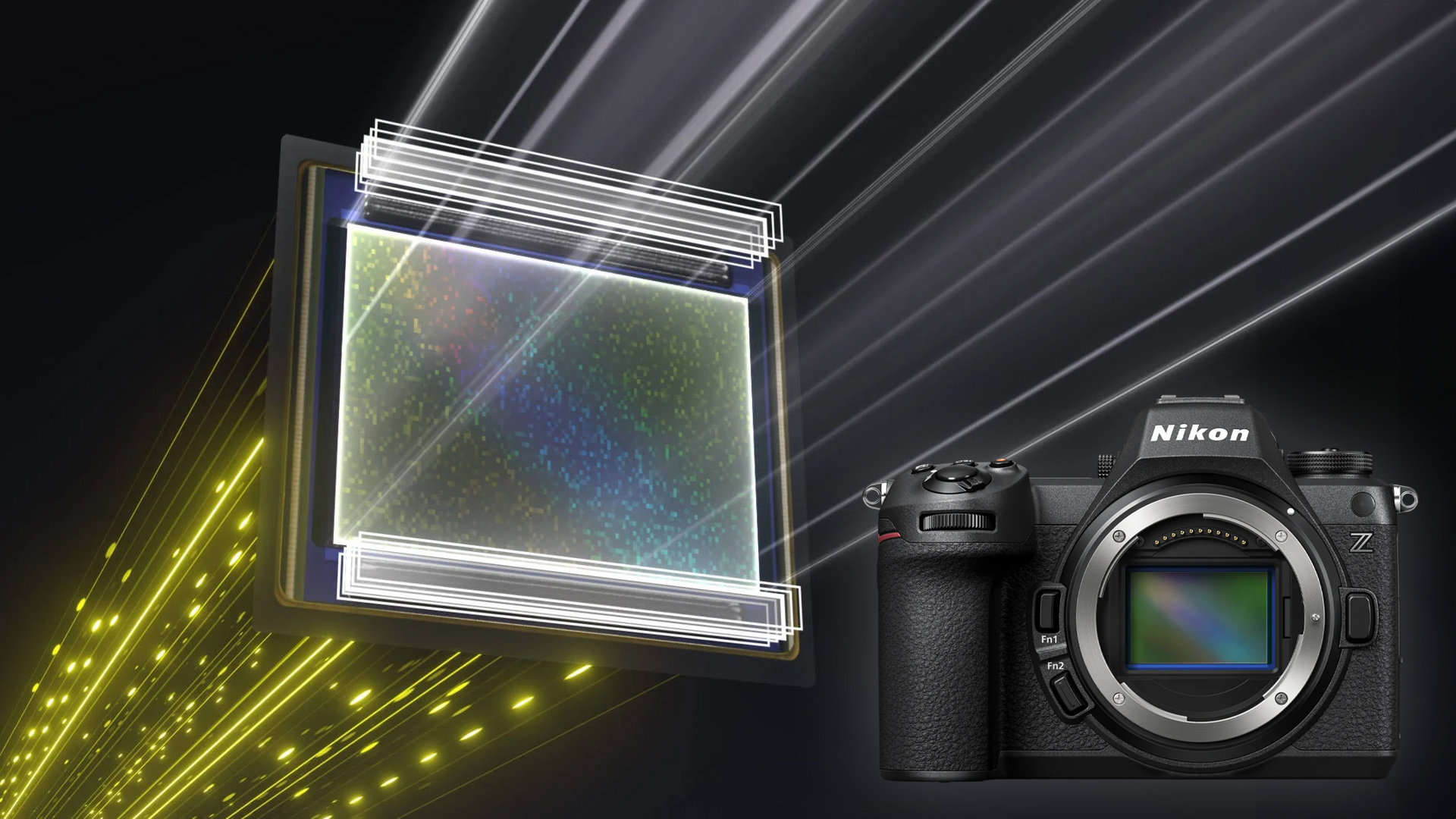
I can't give you a conclusive explanation as to why a stacked sensor would compromise image clarity and dynamic range, but I doubt it's down to the stacked sensor construction itself. Simply layering elements of a sensor need not hinder image quality. Rather, using this design to ramp up a sensor's readout speed is more likely to be the culprit, though logically even this doesn't really add up. To capture a single still image, the sensor in the Z6 III is using the same (or very nearly the same) number of pixels to the sensor in the Z6 II. Both sensors are of identical dimensions, resulting in identical pixel sizes. If the image is then captured with the same shutter speed duration and at the same ISO sensitivity, the two cameras should produce very similar noise levels and dynamic range, assuming Nikon's image processing is also comparable. And yet our lab test results are echoing those from other testers: the Z6 III isn't performing as well as the Z6 II (or even the original Nikon Z6) in terms of dynamic range and image clarity, leaving the increased sensor readout speed as the most obvious cause.
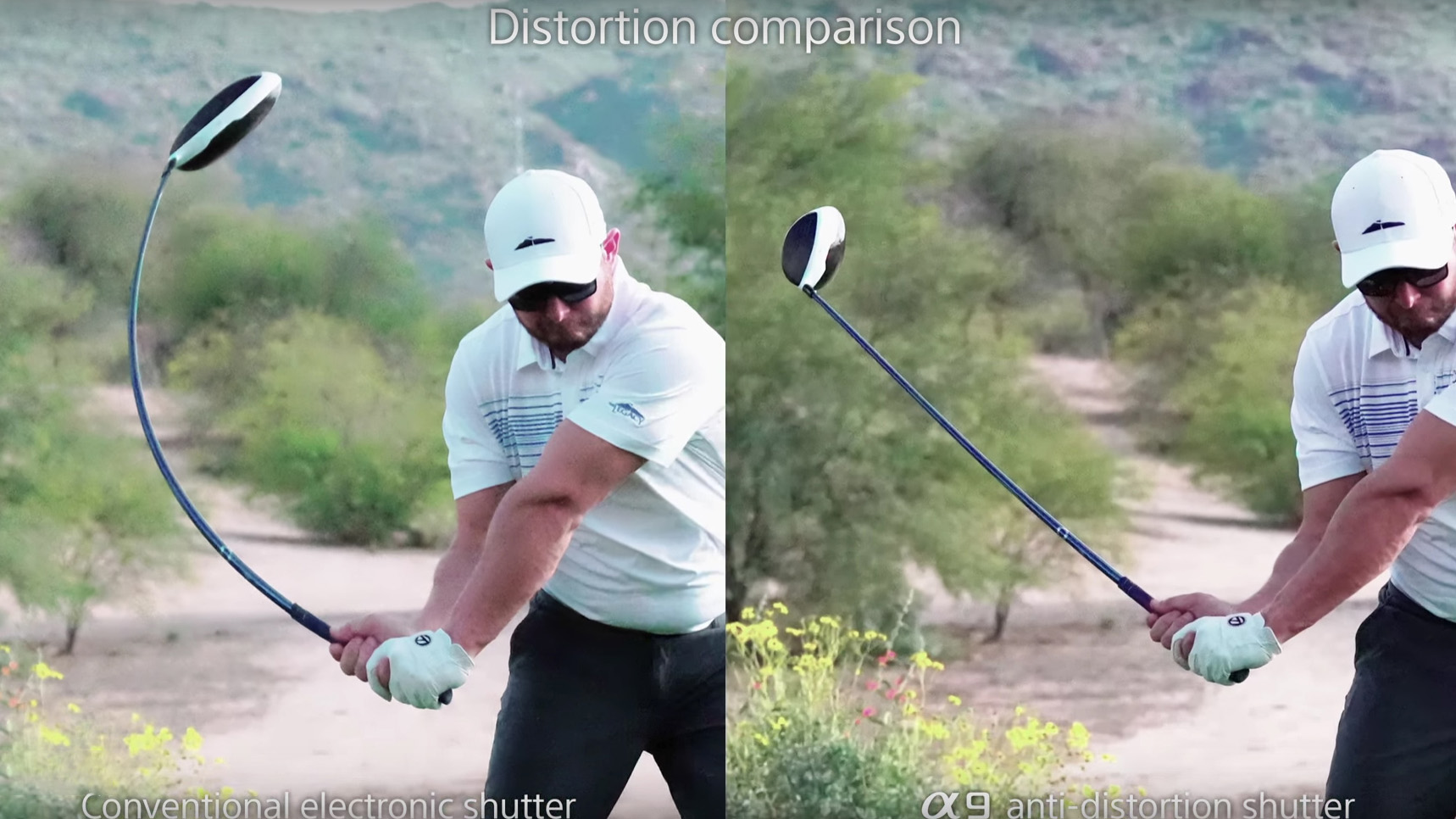
But before you rush to return your new Z6 III, let's just 'zoom out' for a moment. The differences in image quality between the two Z6 models highlighted by our lab testing, and that of William Claff, are relatively minor. In our case we test with all high ISO noise reduction disabled, and any dynamic range enhancements shut off, in order to maintain a level playing field. In more 'real world' usage with these systems enabled, would you really be likely to spot such subtle differences in image quality unless you were purposely hunting them out? It's unlikely.
Then when you consider the gains that a faster readout speed can bring for increased burst shooting rates, higher video resolutions at faster bit/frame rates, and other image quality enhancements like reduced rolling shutter distortion; many would argue that this increased hybrid camera versatility is worth a small trade-off in noise and dynamic range.
Ben is the Imaging Labs manager, responsible for all the testing on Digital Camera World and across the entire photography portfolio at Future. Whether he's in the lab testing the sharpness of new lenses, the resolution of the latest image sensors, the zoom range of monster bridge cameras or even the latest camera phones, Ben is our go-to guy for technical insight. He's also the team's man-at-arms when it comes to camera bags, filters, memory cards, and all manner of camera accessories – his lab is a bit like the Batcave of photography! With years of experience trialling and testing kit, he's a human encyclopedia of benchmarks when it comes to recommending the best buys.


